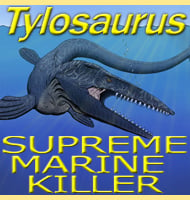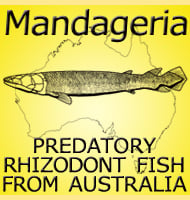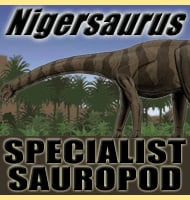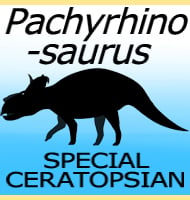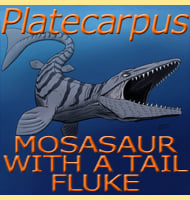In Depth
Although only described from a skull Zarafasaura was one of the last surviving elasmosaurid plesiosaurs active around North Africa, a region that in the past has yielded very little in the way of plesiosaur remains. Part of this problem is Africa’s harsh climate that can quickly erode and damage exposed fossils. The discovery of Zarafasaura in Maastrichtian age rocks suggests that the elasmosaurid plesiosaurs had not declined by the end of the Cretaceous as much as previously thought.
Zarafasaura is noted as having a palate and squamosal that are different to other currently known elamosaurids. Skull reconstruction of Zarafasaura shows it to have numerous long sharp teeth that intermeshed together when the jaws closed. This was an effective prey trap for use against marine creatures like fish and squid which probably would have been swallowed whole as the teeth are not suited for shearing prey into smaller pieces.
Zarafasaura was named from a combination of the Arabic for giraffe, and the Greek for lizard. The species name Z. oceanis is Latin for ‘daughter of the sea’.
Further Reading
Further readingZarafasaura oceanis, a new elasmosaurid (Reptilia: Sauropterygia) from the Maastrichtian Phosphates of Morocco and the palaeobiogeography of latest Cretaceous plesiosaurs. – Gondwana Research 19:1062-1073. – P. Vincent, N. Bardet, X. P. Suberbiola, B. Bouya, M. Amaghzaz and S. Meslouh – 2011.




